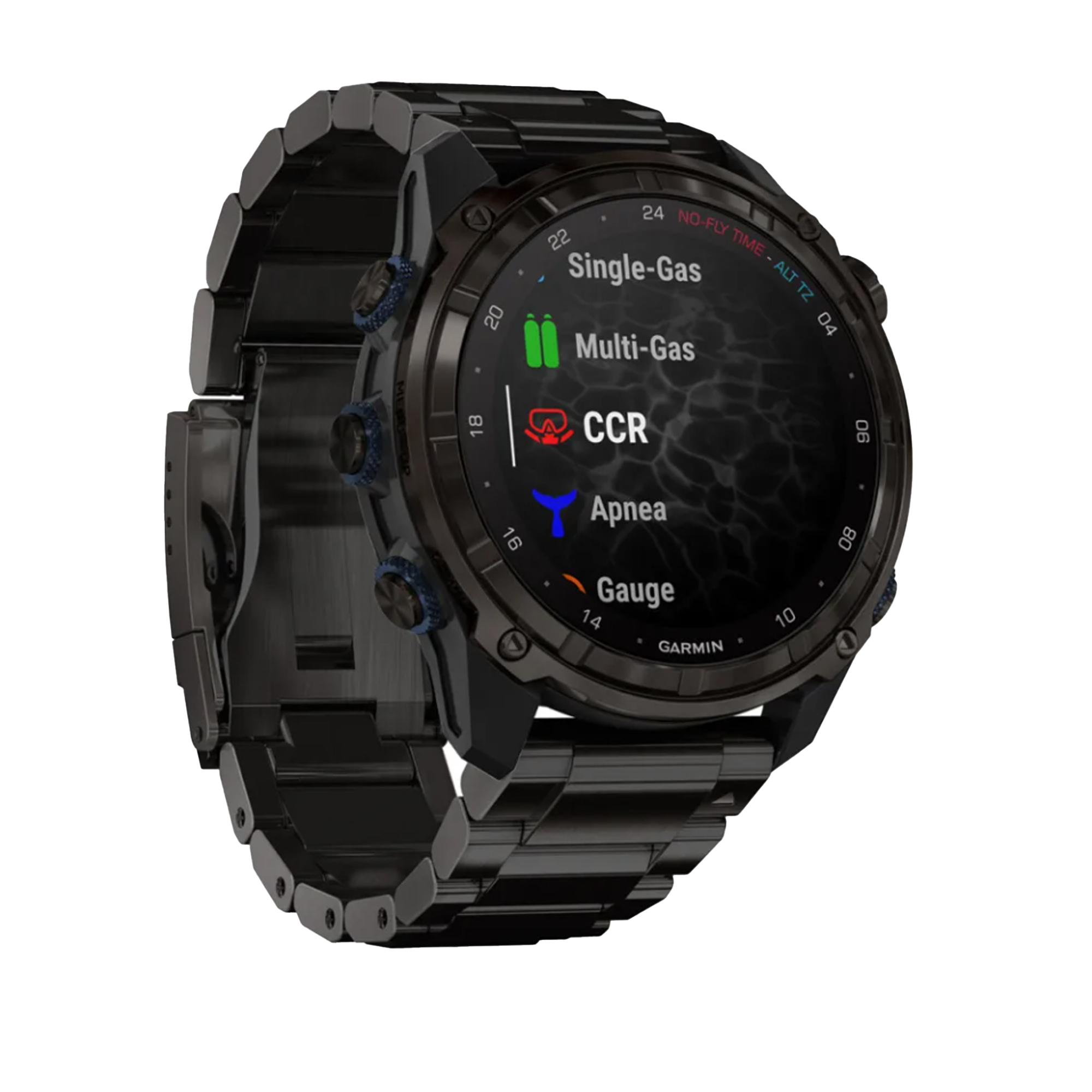Navigation
After the zip, the seals are the next important part of a drysuit. They create a seal between your neck, wrists (and possibly your ankles) and the suit, preventing water getting inside. Why not order a set of spare drysuit seals that can be fitted yourself, or make up a dry suit repair kit for those longer dive trips.
For the neck and wrist seals there are three options, either Silicone, Latex or Neoprene. Seals are best considered as consumables and are likley to require replacing during the life of the dry suit.
Latex Drysuit Seals
Latex Seals offer the most waterproof seal when compared to neoprene, especially for the neck. Latex seals are cheap and simple. If you know your size it's pretty easy to swap them over yourself. Latex seals are soft and give a reliable seal, they come in a few thicknesses, the thicker they are the tougher they are but thinner ones give a softer seal so you don't loose circulation.
Latex stretches over time so your neck and cuffs feel really tight when you first fit them, to the point of cutting off circulation, so you have to stretch them over a cylinder for a few hours so they're more comfortable. You can cut them down to make the seal larger but if you do it too early and they continue to stretch you'll end up with a loose seal that leaks.
Silicone Drysuit Seals
Silicone seals have all of the best features of latex with very few of the drawbacks. Silicone is thin and flexible so you can don and doff your suit more comfortably. It's hypoallergenic so people who suffer from latex allergies are fine to use silicone seals. Silicone is more flexible and stretchy than latex, but some find them to be more fragile than similar latex seals.
Because very little sticks to silicone once it's set you need to use a ring system around your wrists and neck. While they first looked uncomfortable, the rings are now comfortable and practical thanks to newer more flexible and ergonomic designs.
Silicone seals are sandwiched between a hard internal ring and a softer external ring glued to your drysuit so you can change broken seals in minutes not days. Carrying spare seals in your bag is easy and can save a dive even when you're off shore on a boat as you only need a simple tool to swap seals over.
More and more divers are using dryglove systems that fit almost any drysuit, which is an added benefit of rings. The design of some neck seals adds a bellow so you can move your head around without breaking the seal. Silicone can also come in a range of shapes and colours instead of standard black. Bright colours are a great way to personalise your suit and stand out of the crowd.
Neoprene Drysuit Seals
Neoprene seals are warmer to wear compared to latex seals and are sometimes considered more comfortable. They also have a tendancy to last longer. Neoprene is good at spreading the pressure over a wide area so you don't end up with Latex love bites, but getting the right size can be tricky.
Neoprene does stretch, but nowhere near as much as Latex or Silicone so they can be harder to put on and the glideskin sticks to your skin so you need to lubricate to get them on. The glideskin is great at sealing against your skin but is quite fragile so you have to be careful pulling it on or it can tear. Ripped neoprene cuffs can be easily fixed if the rip isn't too catastrophic.
Craigburn
![]() Wreck Dive |
Wreck Dive | ![]() Boat access
Boat access
![]()
![]()
![]()
Four-Masted Iron Barque | Max Depth: 8 m (26 ft)
The shipwreck of the Craigburn is archaeologically significant for its remains of a typical 19th-century iron sailing barque. As a dive site set amongst typically spectacular Mornington Peninsula underwater topography and marine life, it also has recreational and educational significance.
The wreck is very scattered in an area remote to boat access. Weather conditions have to be really good and the sea must be calm to dive here. You will need a good lookout for freak swell and sudden weather changes. There are also large bommies near the Craigburn wreck that are a hazard to navigation.
Craigburn Shipwreck History — Built in 1884
The Craigburn was built in 1884, by W.B. Thompson in Glasgow, Scotland. The four-masted iron barque was 289.7 ft (88 m) long, with a beam of 42.2 ft (13 m), and a depth of 23.9 ft (7.28 m).
On 8 May 1891 the Craigburn was blown ashore onto the Rye Back Beach, Point Nepean after refusing tug salvage rates and anchor dragged.
Craigburn Sinking — Wrecked 8 May 1891
The Craigburn was being towed out through Heads by tug Rescue when the hawser slipped. Attempts to get another line aboard failed, and the anchors were dropped. Captain Kerr, on his last voyage before retirement, refused offers of further tow from Rescue, claiming charge of 500 pounds was exorbitant. Offers from other vessels were rejected also, in spite of Craigburn's close proximity to land.
After an argument and struggle between Kerr and Pilot Blanchard, two crew members seized Kerr and locked him aft. The tug Eagle made fast with a hawser and went ahead, but the carpenter, who may have been drunk, refused to work the winches to raise the anchors without the captain's orders, and the tow again parted.
Two boats got away — one under the pilot's direction, finally reached safety, but the other was swept into the breakers where five men drowned. Captain Kerr, the carpenter, and a brave seaman (who had tried in vain to save the first mate — who was drunk) were rescued by rocket apparatus, overlanded from Sorrento by the lifeboat crew.
The Court of Marine Inquiry found Captain Kerr guilty of drunkenness and neglect of duty in refusing the assistance of tow. His certificate was cancelled and ordered to pay 50 pounds costs but he had already left Victoria.
The Craigburn had arrived from Liverpool on 8 April with a full general cargo. Belonged to the same fleet of clippers as the other '-burn' vessels, well known in the Australian trade. Pilot critical of authorities in not summoning the lifeboat — all might have been saved.
A drunken captain and a dispute over the cost of towing the barque Craigburn out of a dangerous position had a tragic outcome. The vessel drifted ashore on the Rye Back Beach and six of the crew lost their lives.
See also, Australian National Shipwreck Database: Craigburn, and
Heritage Council Victoria: Craigburn.
Heritage Warning: Any shipwreck or shipwreck relic that is 75 years or older is protected by legislation. Other items of maritime heritage 75 years or older are also protected by legislation. Activities such as digging for bottles, coins or other artefacts that involve the disturbance of archaeological sites may be in breach of the legislation, and penalties may apply. The legislation requires the mandatory reporting to Heritage Victoria as soon as practicable of any archaeological site that is identified. See Maritime heritage. Anyone with information about looting or stolen artefacts should call Heritage Victoria on (03) 7022 6390, or send an email to heritage.victoria@delwp.vic.gov.au.
Back Beach Warning: Always keep an eye on sea conditions throughout any dive on the Back Beaches of the Mornington Peninsula. Please read the warnings on the web page diving-the-back-beaches before diving or snorkelling this site.
Traditional Owners — This dive site is in the traditional Country of the Boon Wurrung / Bunurong people of the Kulin Nation. This truly ancient Country includes parts of Port Phillip, from the Werribee River in the north-west, down to Wilson's Promontory in the south-east, including the Mornington Peninsula, French Island and Phillip Island, plus Western Port. We wish to acknowledge the Boon Wurrung as Traditional Owners. We pay respect to their Ancestors and their Elders, past, present and emerging. We acknowledge Bunjil the Creator Spirit of this beautiful land, who travels as an eagle, and Waarn, who protects the waterways and travels as a crow, and thank them for continuing to watch over this Country today and beyond.
Craigburn Location Map
Latitude: 38° 23.672′ S (38.394533° S / 38° 23′ 40.32″ S)
Longitude: 144° 47.150′ E (144.785833° E / 144° 47′ 9″ E)
Datum: WGS84 |
Google Map
Added: 2012-07-22 09:00:00 GMT, Last updated: 2022-04-27 09:45:46 GMT
Source: Book - Shipwrecks Around Port Phillip Heads GPS (verified)
Nearest Neighbour: Number Sixteen, 373 m, bearing 58°, ENE
Four-Masted Iron Barque, 2,065 ton.
Built: Glasgow, Scotland, 1884.
Sunk: 8 May 1891.
Depth: 6 to 8 m.
[ Top ]
DISCLAIMER: No claim is made by The Scuba Doctor as to the accuracy of the dive site coordinates listed here. Should anyone decide to use these GPS marks to locate and dive on a site, they do so entirely at their own risk. Always verify against other sources.
The marks come from numerous sources including commercial operators, independent dive clubs, reference works, and active divers. Some are known to be accurate, while others may not be. Some GPS marks may even have come from maps using the AGD66 datum, and thus may need be converted to the WGS84 datum. To distinguish between the possible accuracy of the dive site marks, we've tried to give each mark a source of GPS, Google Earth, or unknown.
Copyright © 2005-2022 by The Scuba Doctor Australia, ABN 88 116 755 170. All rights reserved.
tel. +61 3 5985 1700 :: email. diveshop@scubadoctor.com.au :: Web site by it'sTechnical 2022

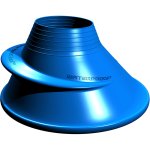
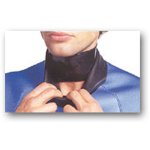
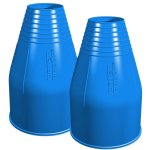
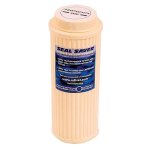
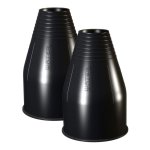
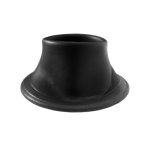
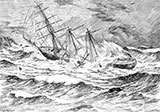
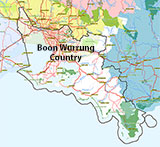



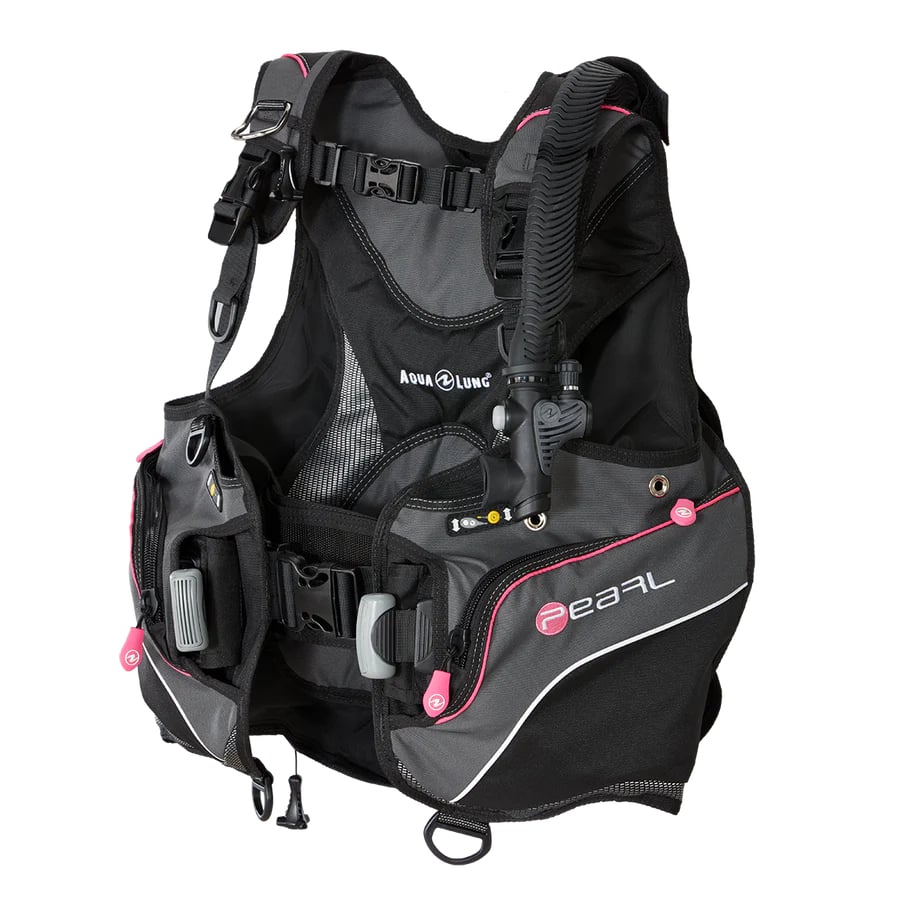




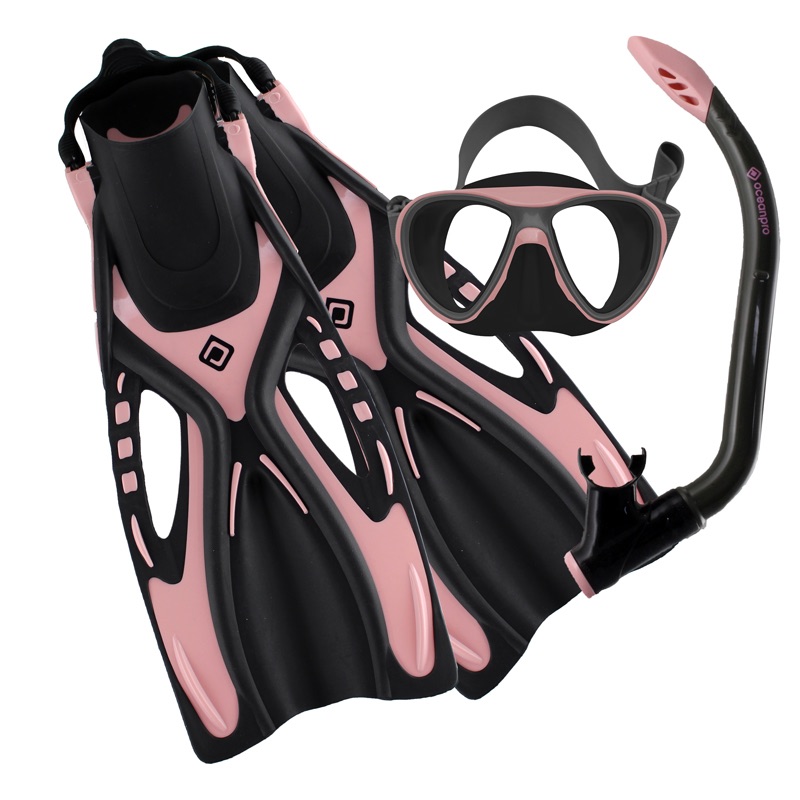
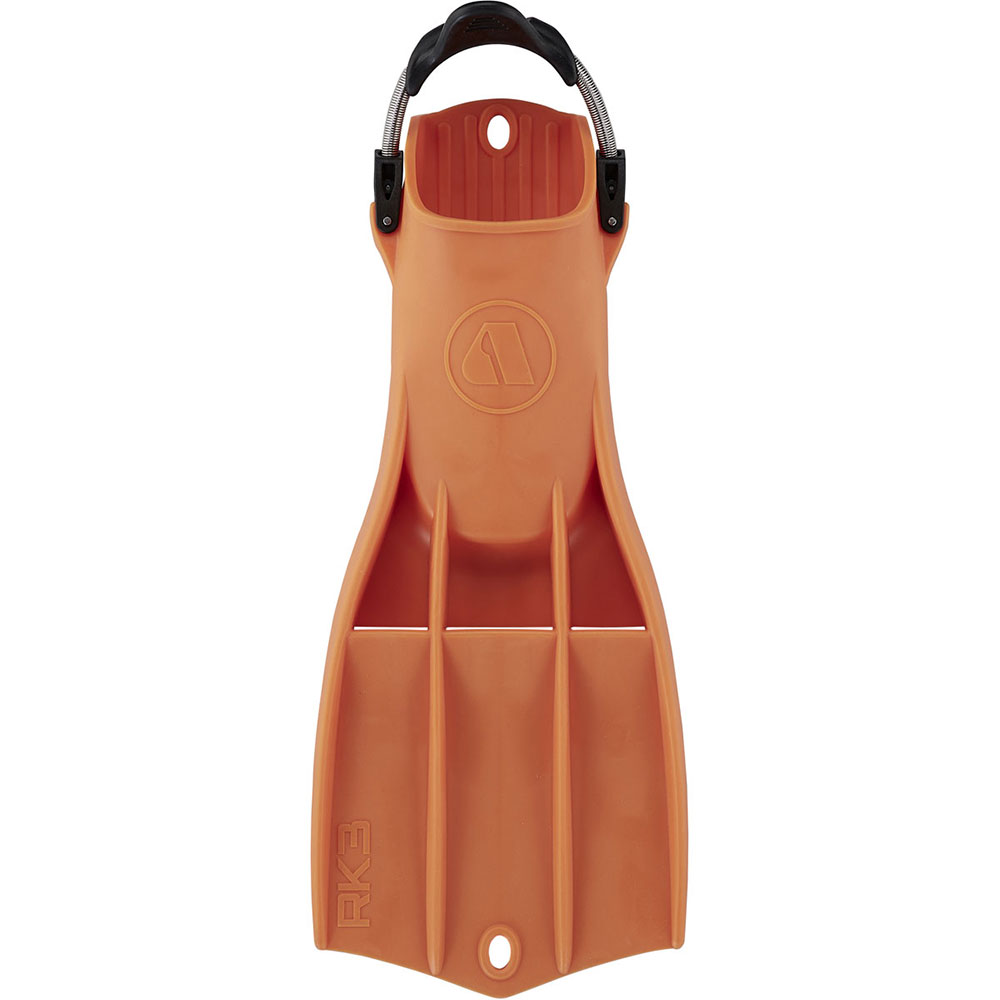

![Halcyon Infinity 30lb System [SS Small Backplate] Halcyon Infinity 30lb System [SS Small Backplate]](/diveshop/images/halcyon/Halcyon-Evolve-Wing.jpg)



